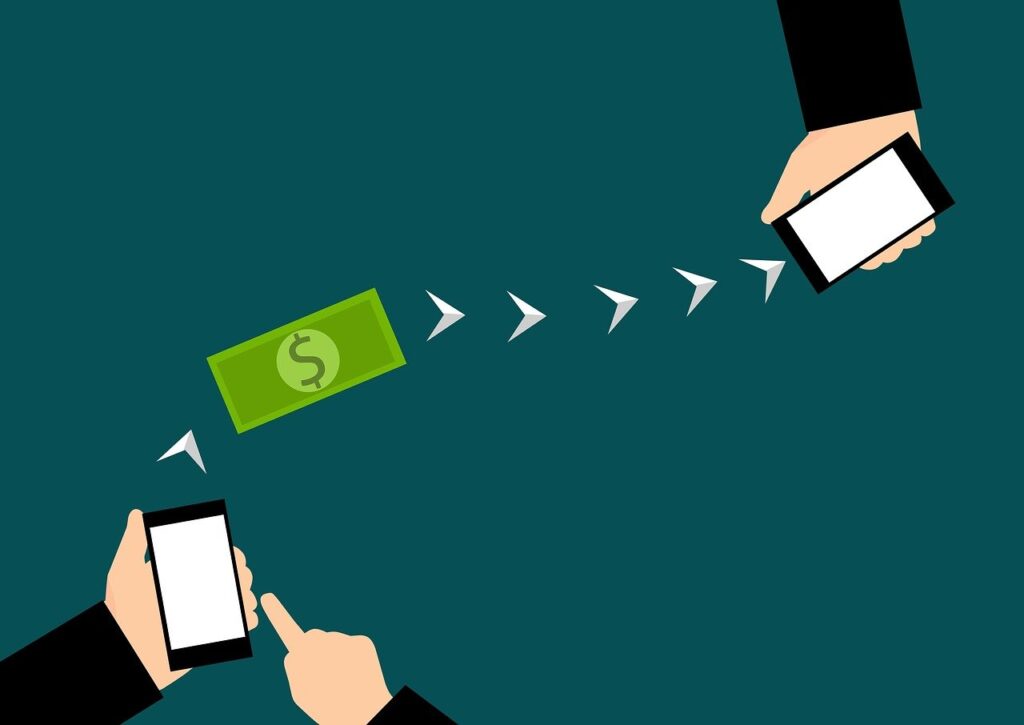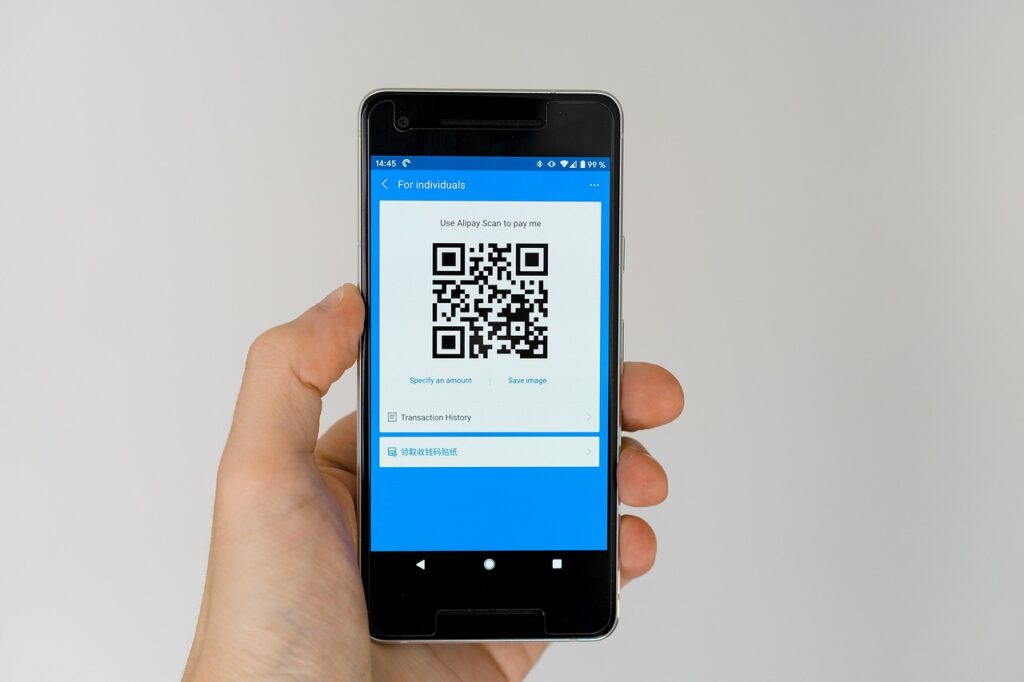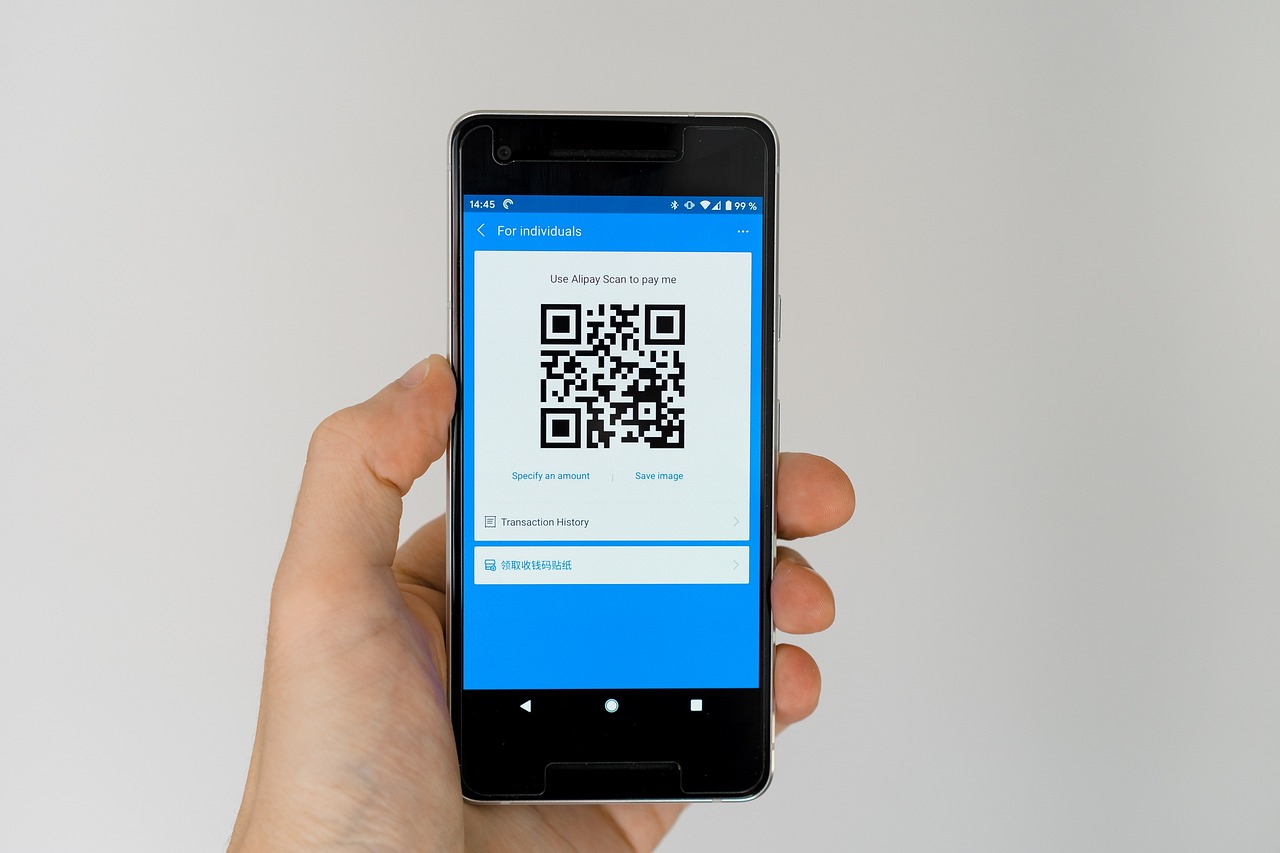Enhancing Commerce: The Rise of Mobile Payment Systems

Why Are Mobile Payment Systems Becoming Indispensable in Commerce?
Have you ever found yourself without cash at a checkout and grateful for the ability to pay with your phone? Mobile payment systems are transforming the way transactions are conducted around the globe, making it easier, faster, and more secure for users to manage their money movements. From scanning a QR code to tapping your phone on a Point of Sale (POS) system, mobile payments encompass various technologies enabling individuals to pay using their mobile devices.
What precisely are mobile payment systems? They refer to any payment made using a mobile device. Over the past decade, the adoption of these systems has surged, facilitated by the proliferation of smartphones and the increasing reach of the internet.
The Evolution of Mobile Payment Systems
From Barter to Digital Transactions
To appreciate the impact of mobile payment systems, a brief look at the history of commerce is essential. Human beings started with barter trade, evolved to coins and paper money, and in recent decades, shifted towards electronic transactions like credit and debit cards. Mobile payment systems represent the latest step, integrating technology and finance into a streamlined digital format.
The Role of Smartphone Penetration and Internet Access
The growth in smartphone usage has been pivotal in the rise of mobile payments. According to a report by Meticulous Research on the mobile payment market, there are over 3 billion smartphone users worldwide, with the number continuously growing. Coupled with expanded internet access, this has created a fertile ground for mobile payment solutions to flourish.
Key Technologies Behind Mobile Payment Systems
Near Field Communication (NFC)
NFC technology allows two devices placed within a few centimeters of each other to communicate. This is what enables you to “tap” your phone at a checkout counter to make a payment. The ease of use and the quick transaction speed make NFC a popular choice among both consumers and merchants.
QR Codes
QR codes are another popular technology used in mobile payments. A user can scan a QR code displayed by a merchant to pay directly from their mobile wallet, making the process highly efficient and reducing the need for a physical exchange of cash.
Other Technologies
Other technologies integral to mobile payment systems include Bluetooth Low Energy (BLE), magnetic secure transmission (MST), and even biometrics, which enhance security by using fingerprints or facial recognition to authorize transactions.
Advantages of Mobile Payment Systems
Enhanced Convenience
Mobile payments offer unmatched convenience. You can conduct transactions 24/7, from anywhere, without needing to carry cash or cards. This ease of use not only benefits consumers but is also advantageous for businesses by facilitating quicker and potentially higher volumes of transactions.
Improved Security
Mobile payments are generally safer than carrying cash or even using credit cards. Advanced encryption techniques protect sensitive information, and features like biometrics add an additional layer of security. Furthermore, in the event of a lost or stolen device, you can remotely wipe your data to prevent unauthorized access.
Accessibility
Mobile payment systems can reach underserved populations, particularly in rural or developing regions where traditional banking infrastructure may be limited. These systems allow people to engage in financial transactions even without a bank account.

Challenges Facing Mobile Payment Systems
Security Concerns
Despite the high level of security in mobile payments, risks remain. Hacking and data breaches are potential threats that could expose sensitive personal information. Ongoing advancements in cybersecurity are crucial to mitigate these risks.
Technical Issues and Compatibility
The fragmentation of mobile payment systems can lead to compatibility issues. Not all merchants accept every form of mobile payment, which can be frustrating for users and limit adoption rates.
Regulatory Challenges
Mobile payment platforms operate under a complex web of financial regulations that can vary significantly from one region to another. Navigating this regulatory landscape is essential for compliance but can be a formidable barrier to entry for new market entrants.
The Future of Mobile Payment Systems
Trends to Watch
Looking forward, several trends are likely to shape the future of mobile payments. These include increased integration with other forms of digital finance like cryptocurrencies and blockchain technology, greater focus on personal finance management tools embedded within payment apps, and continued expansion in emerging markets where mobile penetration is skyrocketing.
Predictions for Market Growth
Market research suggests that the mobile payment sector will continue to expand rapidly. The convenience, security, and broad applicability of mobile payments are driving their increased adoption across various demographics and geographical regions.
Impact on Global Commerce
Mobile payment systems are set to redefine global commerce. They offer a bridge over traditional barriers to financial transactions and foster inclusion and economic growth, especially in less developed areas.

Conclusion
Mobile payment systems are more than just a technological innovation; they are a commercial revolution that is reshaping the landscape of financial transactions worldwide. As you continue to embrace these technologies, consider the security, convenience, and accessibility they offer. Moving forward, staying informed and adaptable will be key in leveraging the benefits of mobile payment systems to enhance your commercial and personal finance activities.

